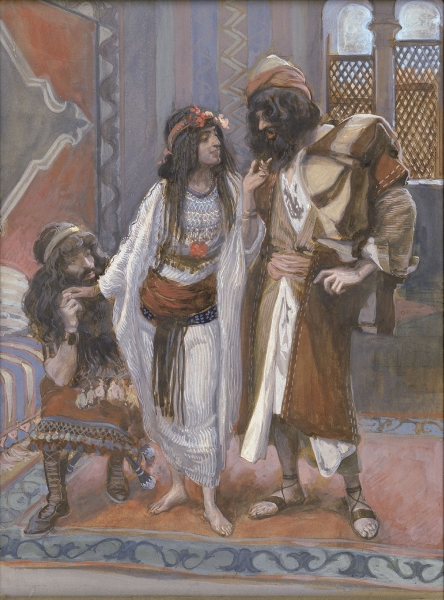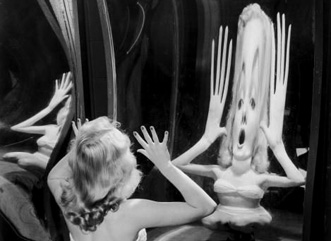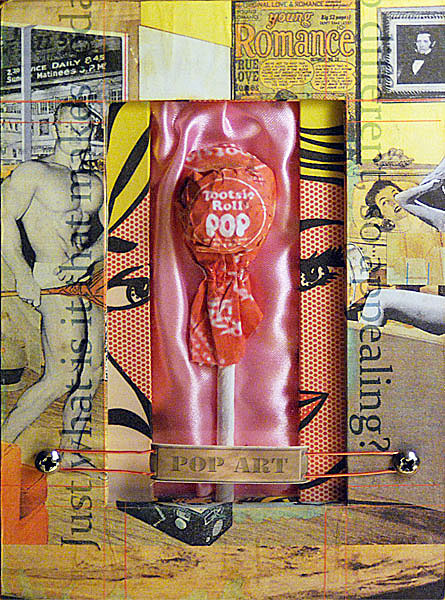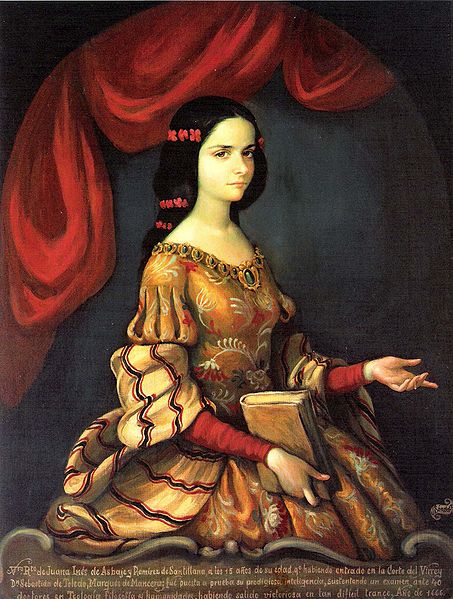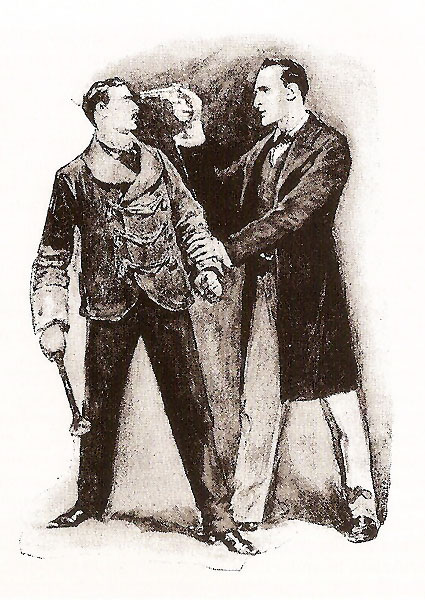
Holmes never actually said “Elementary, my dear Watson,” but Basil Rathbone made us wish he had.
One-hundred seventy-one years ago, Edgar Allen Poe published his “Murders in the Rue Morgue”. A genre was born, and I, for one, am thankful. I do love a good detective story, now and then.
Poe’s investigator was an individual named Dupin, a “gentleman” in the most traditional sense of the word, a man of independent means who did not have to work for a living, but who could amuse himself however he chose: in this case, by investigating a sensational murder that he and his companion had been following in the press.
(more…)
